How to Write a Paragraph


Paragraphs are an essential structural technique and should be used in all forms of writing. Paragraphs help to organize ideas into separate sections with the aim to make it easier for the reader to consume the text at hand and understand the information shared. In this article, we’re giving you our top tips on how you can help your child to successfully write a paragraph, including its uses, purposes and even some sentence starters your child can try next time they write a paragraph!

What is a paragraph?
According to the Oxford Languages Dictionary, a paragraph can be defined as “a distinct section of a piece of writing, usually dealing with a single theme and indicated by a new line, indentation, or numbering”. Paragraphs consist of a group of sentences joined together to create a single argument, introduce an idea or explore a specific point which is relevant to the overall topic at hand.
Top tips on how to write a good paragraph
Have a clear understanding of the topics being covered. This will depend on the type/genre of text being written and the length of the text.
It’s always a good idea to be prepared! Setting a clear plan for the writing piece will set your child up for success! Paragraph writing relies heavily on the ability to explore different ideas related to the same topic therefore having a plan on how to structure these ideas in paragraph-form is key!
Be selective about the information shared in every paragraph, to ensure that all sentences are logically connected and are relevant to the topic at hand.
Think of each paragraph as its own separate idea - every paragraph should either introduce or build upon an idea explored within the piece. This means that every paragraph should mention/introduce the main idea being discussed, why this idea is relevant and how it can be linked to the overall purpose of the text.
Why are paragraphs used?
Here are some reasons as to why paragraphs are used:
- Paragraphs provide structure.
- Paragraphs help the writer to better organize their ideas in a way that is comprehensive to the reader.
- Paragraphs help the reader to logically piece together the author’s argument and generate ideas or opinions of their own.
- Paragraphs highly impact the flow of the text.
- Paragraphs allow the writer to introduce supporting or contrasting ideas, which in turn allows for a more well-rounded piece.
When should a new paragraph start? / When should a paragraph end?
Paragraphs are used to allow the author to effectively organize ideas and opinions in a logical sense, with the aim to provide the reader with well-formed perspectives on a topic. For this reason, usually paragraphs will include a single idea that is then introduced, described and explored by the author. A new paragraph should start when the author wishes to talk about a new idea or to divert the reader’s attention to a different topic within the same theme.
What are some paragraph starters that can be used?
Paragraph starters will depend on the purpose of the paragraph being written. These can be broken down into three different structural stages: introduction, main body and conclusion.
Introduction:
- There once was …
- Once upon a time …
- When …
- In this text, …
- Many won’t believe that …
Main Body:
- Firstly / Secondly / Thirdly …
- One reason for this is …
- In my opinion …
- In addition / Additionally, …
- On the other hand / On the contrary, …
- For example …
- However …
- Even though …
- Similarly …
- Another way …
- Having said this …
Conclusion:
- In conclusion …
- To conclude …
- Finally …
- All in all …
- In summary …
How Night Zookeeper can help
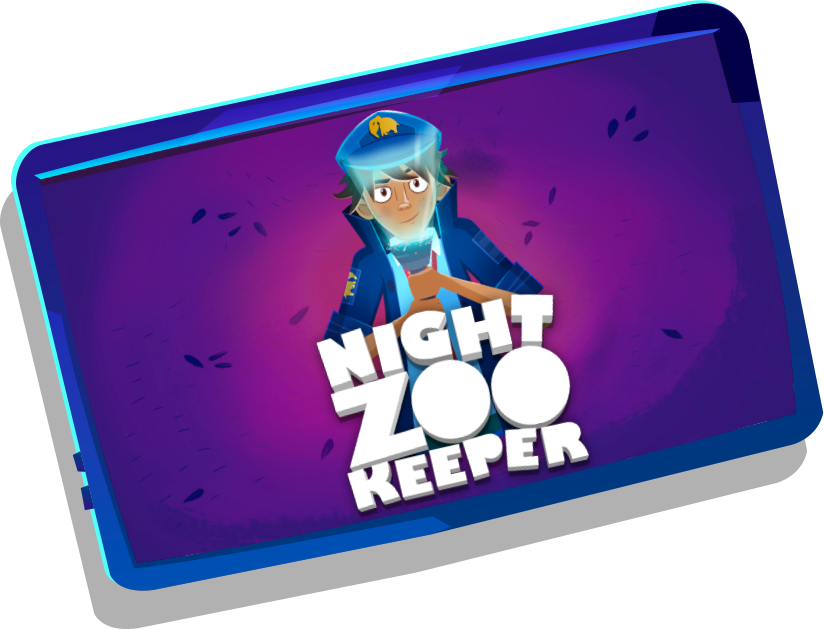
Our writing program for kids offers many wonderful resources to help your child work on writing structure in a fantastically fun way.
Sign up today and get a FREE 7-day trial!
If you have any questions, please feel free to email us at [email protected], or reach out to us on social media:
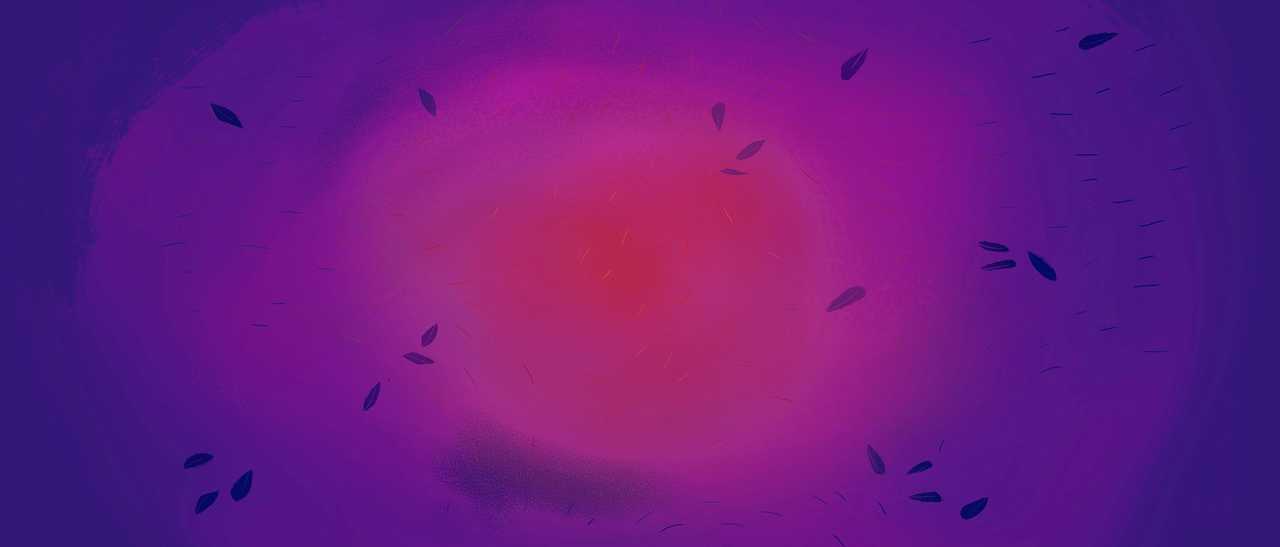
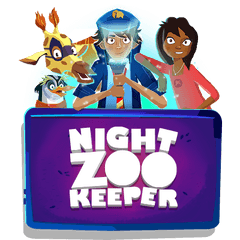
Make Reading & Writing Fantastically Fun!
- Award-winning reading & writing program for kids
- Improves spelling, grammar, punctuation & vocabulary
- Over 1,000 different learning games and activities
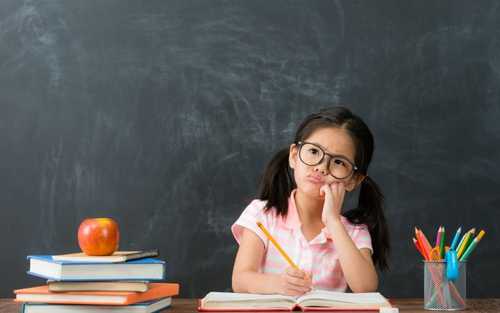

“My child hates writing.” What do I do?
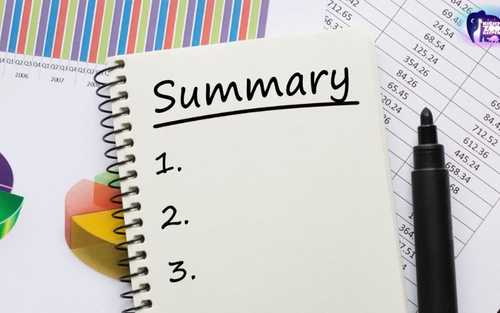

How to Write a Summary
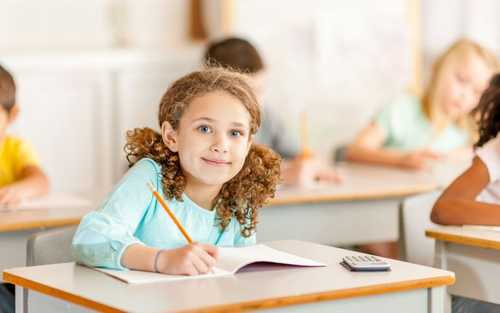

25 Creative Writing Prompts for Kids


